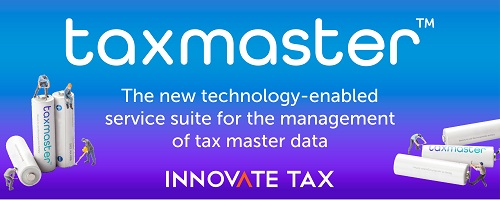Value-added tax (VAT) can potentially stimulate the circular economy in several ways:
- Encouraging product reuse: VAT can incentivize product reuse by applying a lower VAT rate to used products than to new ones. This can make used products more affordable, which can encourage consumers to buy them instead of new ones. This reduces waste and extends the lifespan of products.
- Promoting recycling: VAT can incentivize recycling by applying a lower VAT rate to products made from recycled materials. This can make recycled products more affordable, which can encourage manufacturers to use recycled materials in their products. This reduces the demand for new raw materials, conserves resources, and reduces waste.
- Discouraging waste: VAT can discourage waste by applying a higher VAT rate to products that are not recyclable or that have a short lifespan. This can make such products more expensive, which can discourage consumers from buying them. This encourages manufacturers to produce products that are more durable and recyclable, which can reduce waste and increase the circularity of the economy.
- Supporting repair and maintenance: VAT can support repair and maintenance services by applying a lower VAT rate to these services. This can make these services more affordable, which can encourage consumers to repair and maintain their products instead of replacing them. This extends the lifespan of products, reduces waste, and supports the development of a repair and maintenance industry.
Overall, VAT can be used as a policy tool to create economic incentives that support the transition towards a circular economy. By encouraging product reuse, promoting recycling, discouraging waste, and supporting repair and maintenance, VAT can help to reduce the consumption of resources and increase the efficiency of resource use.
10 specific examples of how VAT can be used to stimulate the circular economy:
- Reduced VAT on refurbished electronics: By applying a lower VAT rate to refurbished electronics, consumers are incentivized to purchase used products instead of new ones, which helps to reduce electronic waste.
- Lower VAT on recycled materials: A lower VAT rate on products made from recycled materials encourages manufacturers to use recycled materials in their products instead of new ones, helping to reduce the consumption of virgin materials and conserving natural resources.
- Higher VAT on non-recyclable products: By applying a higher VAT rate to products that cannot be recycled, consumers are incentivized to choose products that can be recycled, helping to reduce waste and increase the circularity of the economy.
- Reduced VAT on repair services: By applying a lower VAT rate to repair services, consumers are encouraged to repair and maintain their products instead of replacing them, which extends the lifespan of products and reduces waste.
- Reduced VAT on second-hand clothing: By applying a lower VAT rate to second-hand clothing, consumers are encouraged to purchase used clothing instead of new, which helps to reduce textile waste.
- Higher VAT on single-use plastics: By applying a higher VAT rate to single-use plastics, consumers are incentivized to choose reusable alternatives, reducing waste and promoting a circular economy.
- Reduced VAT on bike-sharing services: By applying a lower VAT rate to bike-sharing services, consumers are encouraged to use shared bicycles instead of owning their own, which can reduce the number of bicycles produced and the environmental impact of bike production.
- Reduced VAT on reusable packaging: By applying a lower VAT rate to reusable packaging, manufacturers are incentivized to design packaging that can be used multiple times, reducing waste and promoting a circular economy.
- Lower VAT on compostable products: By applying a lower VAT rate to compostable products, manufacturers are encouraged to use materials that can be composted at the end of their lifespan, reducing waste and promoting a circular economy.
- Reduced VAT on energy-efficient products: By applying a lower VAT rate to energy-efficient products, consumers are incentivized to choose products that are more energy-efficient, reducing the consumption of fossil fuels and promoting a circular economy.















